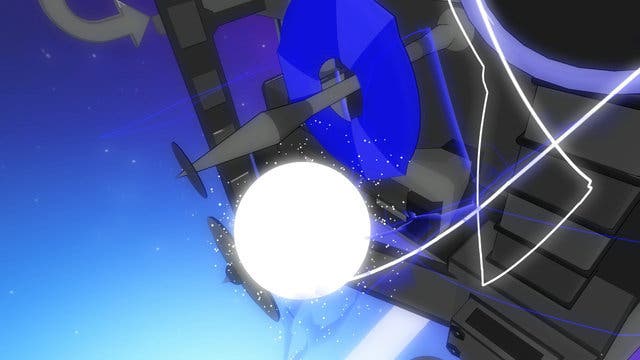Plain Sight
We visit Beatnik to kill ourselves.
Any publicity is good publicity, they say. Unless it crashes your server.
I'm visiting Beatnik Games' office in south London where five of the six are crouched in semi-lit... Okay, it's not semi-lit. As producer Robin Lacey says when I'm shown in, you get far more done when you're in an office space rather than the traditional tiny bedroom you connect with indie development. It's a sign of the times, where serious gaming professionals are looking to places like Steam, PlayStation Network, Xbox Live Arcade, the one on the Wii, and other places to make a game they genuinely care about and actually make money.
In other words, the office is clean, spacious and a far finer place than any I've ever worked in. It's got art on the walls from the game. It's got copies of the beautiful Flight comic anthology on the artist's desk. There's a copy of The Master and Margarita on one of the two programmer's desks. It's young, creative people doing a young, creative thing. It's quite the picture of modern games development.
The reason why I'm here is that Beatnik has just released the open beta of Plain Sight, which was then picked up on by all the cheery news sources. Their poor little server had one look at all the dirty internet hordes and feigned death. Things have slowed down since then, with a further beta release to deal with problems. Which makes it clear this really is a proper beta release - the game's there, but it's in progress, with the team interested in feedback and seeing what goes right and what goes wrong.

Plain Sight first caught my attention when I saw Louie Armstrong soundtracked footage of its jazzy, clean-edged game of robotic death and slaughter. It had style. There's not enough style in the world. You play a robot. You have to kill people to gain the most points. Every time you manage to kill the opposition, you get a point. If you get points, you grow in size and power. But the twist in the core mechanics is simple and charming: you don't actually "score" the points until you detonate your character.
So, the more kills you can manage before cashing out by exploding, the more points you get - and you can take out even more people in the final explosion. Whether you cash out quickly after a couple of kills to score points more often, or risk losing it all by squirrelling away points for a larger payout, is the key tactical decision. (Admittedly for me, the question is less a tactical one, and more of me trying to resist the urge to explode for as long as possible. To explode or not to explode? That's not question at all.)
While that's the scoring system, what really catches people's attention is the hyper-acrobatic antics of samurai-sword-sporting mini-robots. While you're able to walk around the levels, the real thrill is jumping high into the air, grabbing onto the scenery and whirring like a bladed dervish to collide with someone else.



